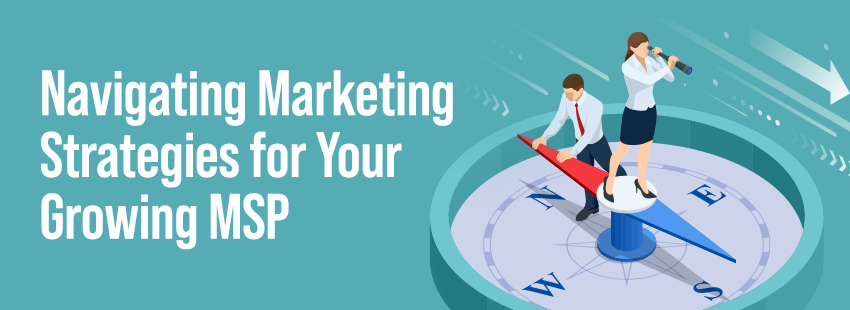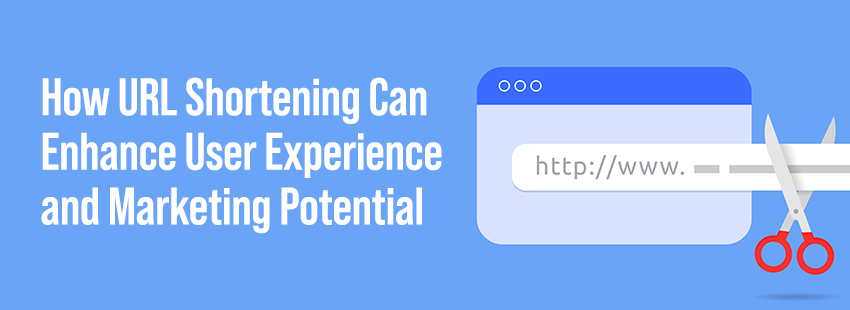Where Data Analytics Plays a Role in Marketing for SMBs
Standing out among competitors isn’t always easy for small and medium-sized businesses (SMBs), even with clever marketing campaigns. One way to take your marketing efforts to the next level is by using the analytics available to you.
As you’re aware, your marketing tools generate data, and that data then gets processed into analytics, which ultimately shows you what is and isn’t working in your marketing campaigns. Taking the time to evaluate your analytics can help with targeting the right audience, providing real-time return-on-investment (ROI), and fine-tuning messaging to audiences to push them down the sales funnel.
Targeting the right audiences
As a marketer, understanding who your target audiences are is critical. Evaluating analytics can help organizations find, qualify, and segment the best possible consumers and remove those who no longer fit. For example, targeting the right audience is a significant asset. Once the general information of the people visiting your site is known, retargeting ads to people in the segment becomes an option. (There’s no need to target ads to large populations of people who have no interest in the product.) Fine-tuning your audience helps lower your cost per link, click-through rate, and, eventually, more conversions.
Proving ROI
As marketers, proving ROI is a crucial part of the job, but it’s usually challenging. For instance, take ads. The easiest way to prove that ads work is by assessing your analytics. Using back-end insights on landing pages, social media, display ads, and more can help you follow the user’s buying process. Providing real-time conversions during the monthly report shows how essential digital marketing is to the sales process. This process will also connect the campaign’s achievements with its mission, values, and goals. Once the ROI is analyzed, the insights are used to make marketing choices in the future.
Pushing users down the funnel
Moving consumers through the sales funnel isn’t always easy. However, if analytics are being evaluated, you may find a more efficient process at a reduced cost. For example, behavioral analysis allows your company to see the consumer’s purchase history, page views, email sign-ups, and ad clicks. The most popular part of behavior analysis is digital behavior intelligence, which allows you to see everything the customers do on your site, including the analytics track where the customer visits, if they leave the page without any action, how far they get in the sales process, whether they are using a desktop or mobile device, and if they convert. From there, you can improve the user experience to inevitably increase revenue. Improving the user experience could be as simple as updating messaging to returning customers with call-to-actions like “Don’t forget” or creating a more mobile-friendly site.
Marketing analytics may be intimidating. It’s a lot of raw data and spreadsheets, but once you dive in, you’ll see the benefits of understanding the campaigns, hopefully leading to more success for your SMB.





